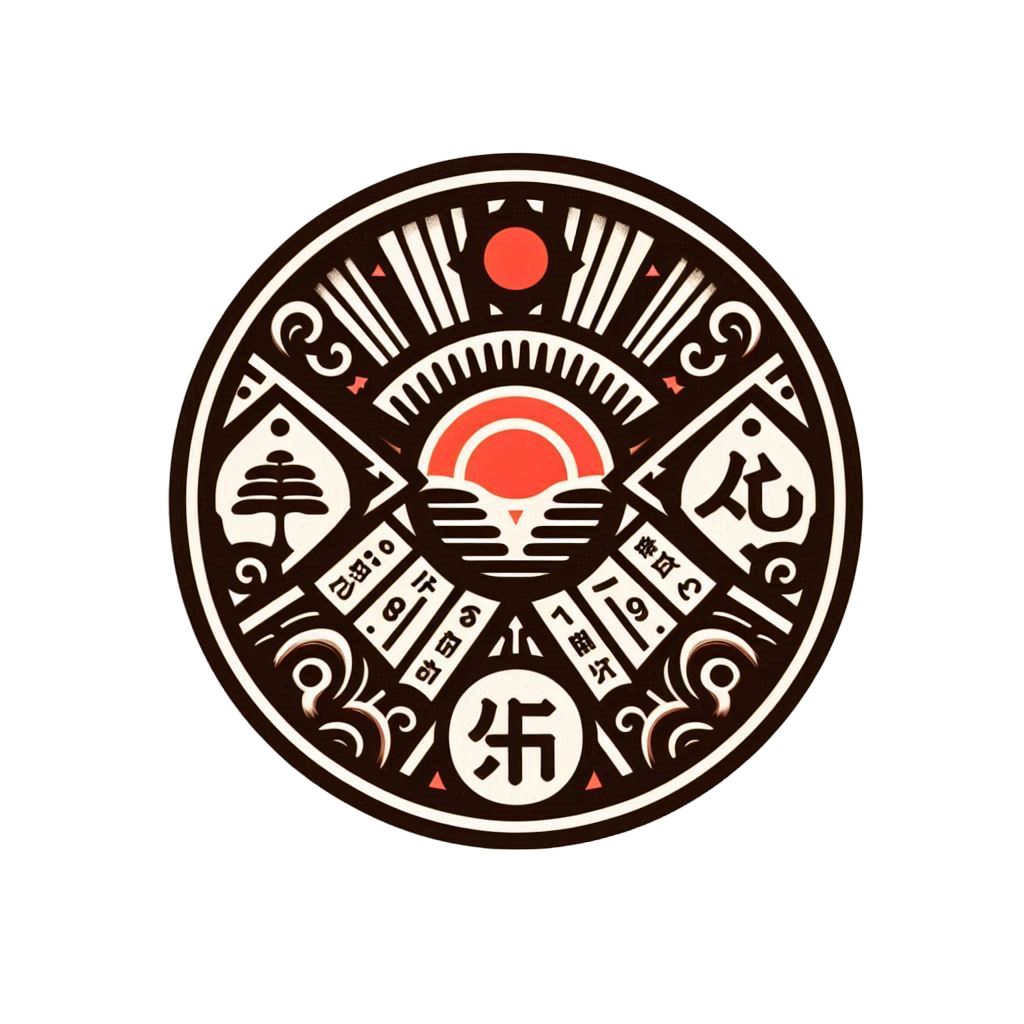Divination practices have fascinated humanity for centuries, with each culture developing its unique systems to explore the unknown, understand oneself, and find answers to life’s questions. Among these systems, Hanafuda and Lenormand stand out, each offering its own distinct perspective on the world and the self. While both systems are used to gain wisdom and guidance, their origins, symbolism, and applications reveal completely different approaches to understanding the world. Let’s dive into these systems to discover what makes each of them special and how they differ.

Hanafuda is not just a deck of cards; it’s a window into the rich world of Japanese culture. Developed during the Edo period in Japan, the Hanafuda deck is closely tied to nature, the seasons, and traditional Japanese festivals. Each card in the Hanafuda deck represents a specific month of the year, adorned with images of flowers, plants, and animals corresponding to that season.
Divination with Hanafuda is deeply rooted in the principles of harmony, balance, and natural cycles. Working with Hanafuda is not just about seeking answers; it’s about immersing oneself in a serene atmosphere where the boundaries between oneself and the surrounding world blur. The cards help one understand their place in the cycle of life, relationships with others, and how to achieve personal balance and growth.
Key Aspects of Hanafuda:
- Harmony with Nature: Understanding your connection to the natural world.
- Life Cycles: Reflecting on your place in the cycle of life.
- Relationships and Personal Growth: Gaining insights into interactions with others and self-improvement.
Symbolism of Hanafuda:
- Cherry Blossoms: Representing the fleeting beauty of life.
- The Moon: A symbol of calm and introspection.
- Animals and Seasons: Reflecting the harmony of life cycles.
- Traditional Japanese Imagery: Including landscapes, cultural symbols, and traditional costumes.
Energy of Hanafuda:
- Soft and Intuitive: Focused on the inner world and personal peace.
- Connection with the Inner Self: Emphasizing self-understanding within the context of natural and cultural rhythms.
Applications of Hanafuda:
- Hanafuda is perfect for those interested in Japanese culture, seeking harmony with themselves and the world around them. It’s a tool for exploring personal growth, finding your place in the cycle of life, and deeply connecting with nature.
On the other hand, Lenormand offers a more straightforward and pragmatic approach to divination. Named after Marie Anne Lenormand, a famous French fortune-teller of the late 18th and early 19th centuries, this system has European roots and is known for its practicality. Lenormand cards are designed to give clear and specific answers to questions about everyday life, making them particularly useful for predicting future events and making decisions.
The symbolism in Lenormand is less abstract than in Hanafuda and is more related to everyday concerns. The cards often depict objects or concepts familiar to most people, such as rings, books, ships, and crosses, making the system accessible and easy to understand.
Key Aspects of Lenormand:
- Everyday Life: Solving specific questions related to daily situations.
- Events and Decisions: Providing information about future events and helping with decision-making.
- Relationships, Work, and Finances: Guiding practical aspects of life.
Symbolism of Lenormand:
- Universal Symbols: Including objects like rings (commitments), books (knowledge), foxes (cunning), and ships (travel).
- Clear and Direct Imagery: Focused on external realities and specific situations.
Energy of Lenormand:
- Straightforward and Practical: Emphasizing actionable advice and external circumstances.
- Focus on the Outer World: Oriented toward understanding and navigating the world around you.
Applications of Lenormand:
- Lenormand is an excellent tool for those seeking specific answers to their questions. It is ideal for people who want to plan for the future, manage relationships, make informed decisions, and deal with the practical aspects of life.
A Brief History of the Lenormand System
The Lenormand system is named after Marie Anne Lenormand, a renowned French fortune-teller who gained popularity for her readings for notable figures like Josephine Bonaparte. Although Lenormand herself did not create the deck that now bears her name, her reputation as a skilled cartomancer led to the development of a system reflecting her straightforward and pragmatic approach to divination.
The Lenormand deck, as we know it today, was created after Marie Anne’s death and was heavily inspired by a game called “The Game of Hope,” which used a similar set of cards. This deck quickly gained popularity due to its practicality and ease of use, becoming an integral part of European divination traditions.
Comparative Analysis of Hanafuda and Lenormand
Hanafuda and Lenormand are two divination systems, each offering a unique approach to seeking answers and self-discovery. Hanafuda, with its Japanese roots and focus on harmony with nature, immerses us in a world of inner peace and personal growth. Lenormand, in contrast, provides specific answers to everyday questions, helping us make decisions and plan for the future. While Hanafuda helps you see yourself as part of a greater whole, Lenormand helps you better understand specific aspects of your daily life.
Conclusion: Both Paths Deserve Attention
Both Hanafuda and Lenormand offer valuable insights, though their approaches and applications differ. Hanafuda invites us to explore the inner world through the lens of Japanese culture and natural harmony, while Lenormand offers practical guidance for navigating the complexities of everyday life. Whether you are more drawn to the calming rhythms of Hanafuda or the straightforward wisdom of Lenormand, both systems provide unique and enriching paths to understanding yourself and the world around you.


